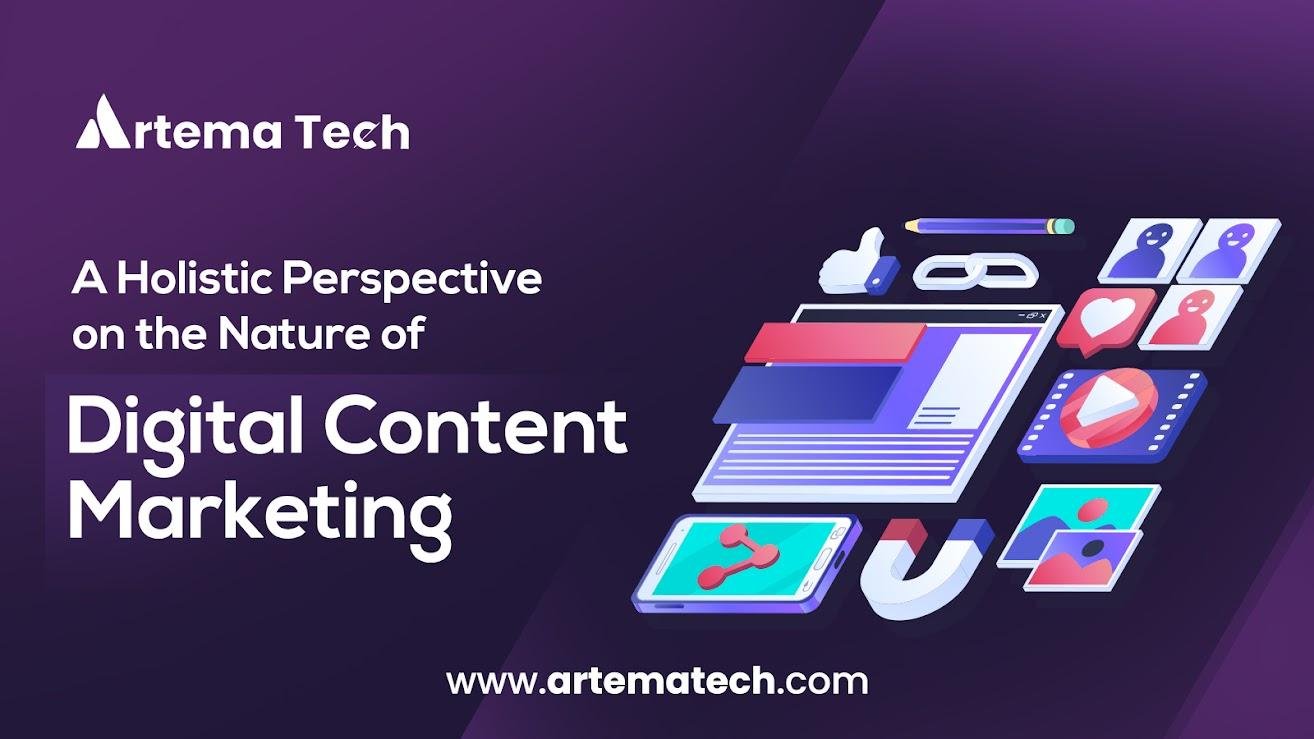Subtotal $0.00
The internet, the web, and digital platforms have transformed the marketing approach of businesses since the first website went live in 1991. With over 3 billion people around the world using the internet to find products, entertainment, and services, the way companies market their services has changed dramatically.
To compete in the market, businesses need marketers, strategists, and agencies with up-to-date knowledge of how to apply different digital marketing strategies. A thorough understanding of basic terms such as digital media, digital content, and digital products is necessary to excel in this field. In this blog, we will explore these terms, their true definitions, and their nature to better understand the marketing process.
Difference Between Digital Content and Digital Products
If you want to excel in digital marketing, knowing the difference between digital content and digital products is important. They are types of digital information specially developed to target a larger audience on a digital platform, which may include online news, blogs, music, videos, e-books, games, apps, and other software updates. While they both revolve around digital information, their purpose and usage differ. Let’s understand them one by one:
Digital content is actually a type of information product that provides knowledge about something. However, not all information products are digital in nature, and not all are physical goods. As quoted by Koiso-Kantilla:
“Digital content refers specifically to electronic goods, not services or printed materials.”
On the other hand, a digital product is a piece of media that is created, sold, and distributed in a digital format. Unlike physical products, these can be downloaded, accessed, or used online. Examples include software, mobile apps, e-books, and online courses.
What Is Digital Content Marketing?
Since most digital content is promoted online, it often falls under the category of digital marketing and is termed digital content marketing, which is further connected to other domains like e-marketing, internet marketing, and web marketing. It can be defined as:
“Digital content marketing is the management process responsible for identifying, anticipating, and satisfying customer requirements profitably in the context of digital content, or bit-based objects distributed through electronic channels.”
Relationship Between Information and Marketing in the Digital World
Information is a central part of marketing. Businesses collect information about customers’ behavior to improve their services, while marketing helps them share this information, influencing customer decisions. In the digital world, information is actually the content that acts as both the product and the marketing tool. Businesses use this content, such as blogs, guides, or customer support, to attract and keep customers.
What Is the Nature of Digital Content as a Product?
Digital content is a form of information that shares the same basic traits as other information products. It should have specific characteristics that define its nature and how it should be marketed.
- Value is contextual
- Reproducibility and multiplicity
- Interactivity
- Repackageability
- Delivery and technology
- Perishability
- Homogeneity
- Inseparability
- Tangibility
How Is Digital Content Delivered to the Consumer?
Digital content is always delivered electronically to the consumer via the Internet. In marketing terminology, the way a product reaches customers is known as the “place” element of the marketing mix. It involves three key aspects:
- Supply Chain: This involves how digital content moves from the developer to the customer.
- Customer Experience: This involves how users experience this process.
- E-Service: The way customers interact with the product or service.
All these aspects are important and should be considered separately to ensure an effective digital content delivery system.
Pricing of Digital Content
Most digital content is free for users. Setting prices is always complicated. This is because the cost of making extra copies is almost zero, but indirect costs like content creation and marketing are significant. However, people have free access to information, and price is not always seen as a sign of quality or value. The factors that determine the quality of the content are the following:
- Accuracy
- Timeliness
- Completeness
- Appeal
- Interactivity
When digital content is sold, businesses use different pricing strategies depending on whether they are selling to individual consumers (B2C) or businesses (B2B). Also, the way customers pay can vary:
- Full ownership: The customer owns the content.
- Limited access: Customers pay for temporary access under specific conditions.
Because of the factors mentioned above, pricing digital content requires a flexible approach. Nowadays three types of pricing strategies are generally used:
- Item-based Pricing
- Subscriptions
- Contracts and Licenses
Conclusion
Digital content marketing plays a pivotal role in the success of online businesses. It is a type of information that acts as both the product and the marketing tool. A distinct approach is required for its delivery and pricing due to vast distribution across digital marketing channels. It incorporates unique features and shapes businesses in how they develop, distribute, and market their products.
For more information, please visit our website, Artema Tech.

